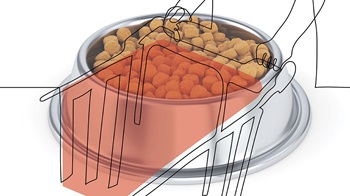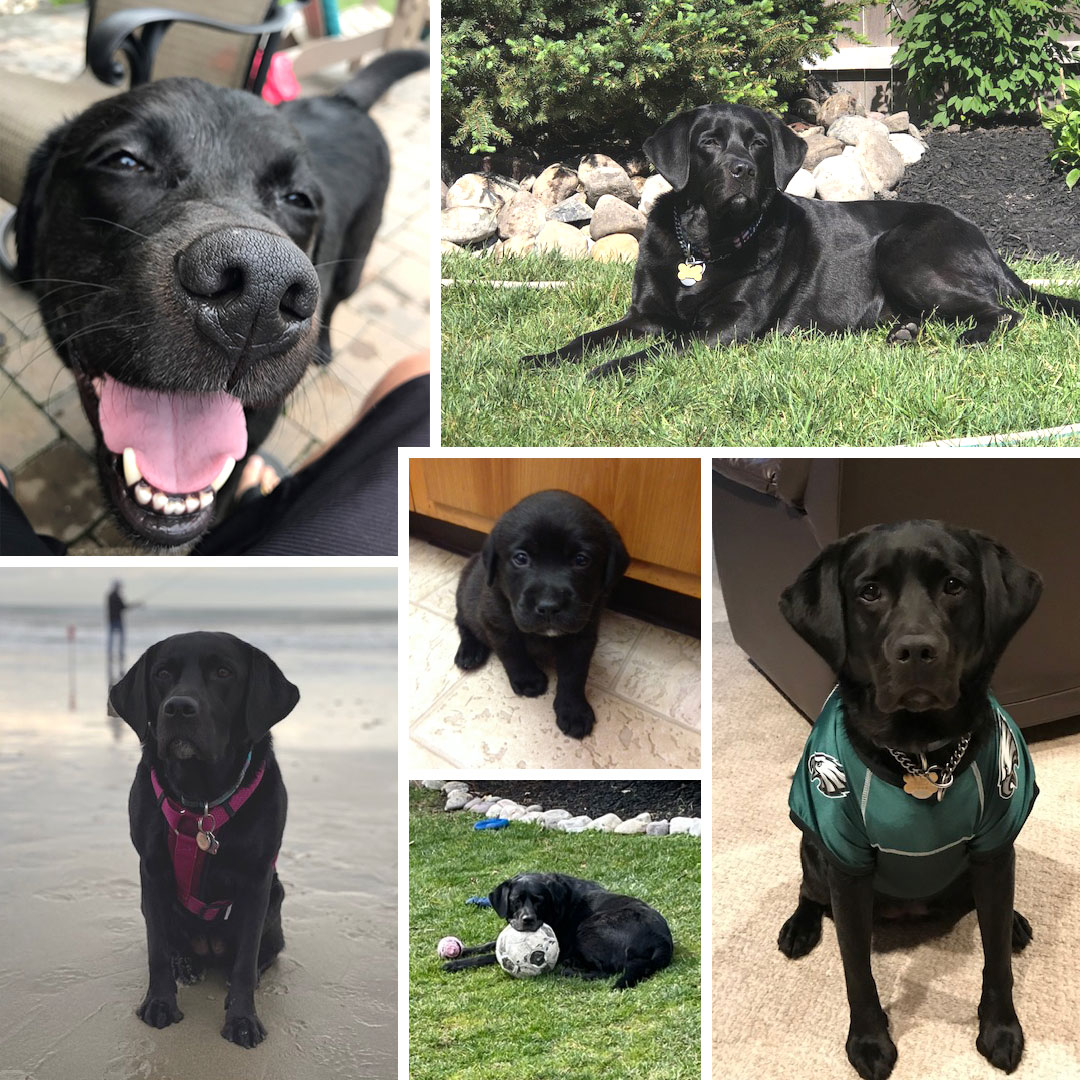Below is the second FMI blog from our nonfoods in grocery stores series. The series shares compelling insights derived from our Power of Nonfoods research among shoppers and industry perspectives to explore the role of nonfoods in the food retailing industry.
By: Tom Duffy, Senior Advisor, Industry Relations, FMI

Our nine-year-old, Zoe, is by far our most gregarious family member. When the local kids hop off the bus after school, she's there to greet them and hear about their day. And whenever the family goes for a walk, it's like the rest of us don't exist. Friends and neighbors may stop what they're doing to say hi, but they don't check in with my wife or me; all they want is quality time with Zoe.
It's probably worth noting that Zoe is an English Black Labrador.
We consider her our third child, and we're not alone in this sentiment. Pets are important members of many families. In fact, more than two-thirds of U.S. households have pets, with 56% of those being dogs and 36% being cats.
The commitment to these furry, four-legged family members translates to a pet food industry worth $50 billion in the United States, yet only just over $12 billion (or less than 25%) is sold at food retailers.
Since grocery stores are a proven resource for feeding the rest of the family, how can grocers convince consumers that they can help feed and care for Rover and Socks (and Zoe) as well?
FMI's Power of Nonfoods report offers some insights into this important market. Here is a little of what this research reveals.
- Pet food purchases are most often planned (76% of the time) and rarely on impulse (6%). Fifty-six percent of pet owners make these purchases monthly and 36% even buy these staples weekly.
- Because they love their pets, pet owners focus more on quality than with most other nonfood items, with 31% of respondents specifically seeking out high quality products.
- Similarly, 38% of respondents seek out brands they prefer. Again, a high number compared to other nonfood items.
- Still, 44% of pet owners seek the lowest price and 38% of pet owners look for the best value.
- Forty percent of pet owners favor mass retailers, which one shopper referred to as "one-stop shops." Seventeen percent of pet owners shop at grocery stores. Other channels are much smaller, with dollar and club stores at 6% each and online shopping at 5%.
As with any child, Zoe's upkeep isn't cheap. In addition to food, there are harnesses and collars, bowls, endless toys, indoor and outdoor bedding, car hammocks, swimming pools and, of course, Philadelphia Eagles and Phillies jerseys and collars. This might seem like a lot, but, to us, she's worth it.
Her food and supplies provide an excellent opportunity for food retailers to enhance shopping experiences for consumers. What's more, it's an investment in neighborly relations. Although it'd be nice if someone said hi to us instead of the dog occasionally.



 Industry Topics address your specific area of expertise with resources, reports, events and more.
Industry Topics address your specific area of expertise with resources, reports, events and more.
 Our Research covers consumer behavior and retail operation benchmarks so you can make informed business decisions.
Our Research covers consumer behavior and retail operation benchmarks so you can make informed business decisions.
 Events and Education including online and in-person help you advance your food retail career.
Events and Education including online and in-person help you advance your food retail career.
 Food Safety training, resources and guidance that help you create a company food safety culture.
Food Safety training, resources and guidance that help you create a company food safety culture.
 Government Affairs work — federal and state — on the latest food industry policy, regulatory and legislative issues.
Government Affairs work — federal and state — on the latest food industry policy, regulatory and legislative issues.
 Get Involved. From industry awards to newsletters and committees, these resources help you take advantage of your membership.
Get Involved. From industry awards to newsletters and committees, these resources help you take advantage of your membership.
 Best practices, guidance documents, infographics, signage and more for the food industry on the COVID-19 pandemic.
Best practices, guidance documents, infographics, signage and more for the food industry on the COVID-19 pandemic.
